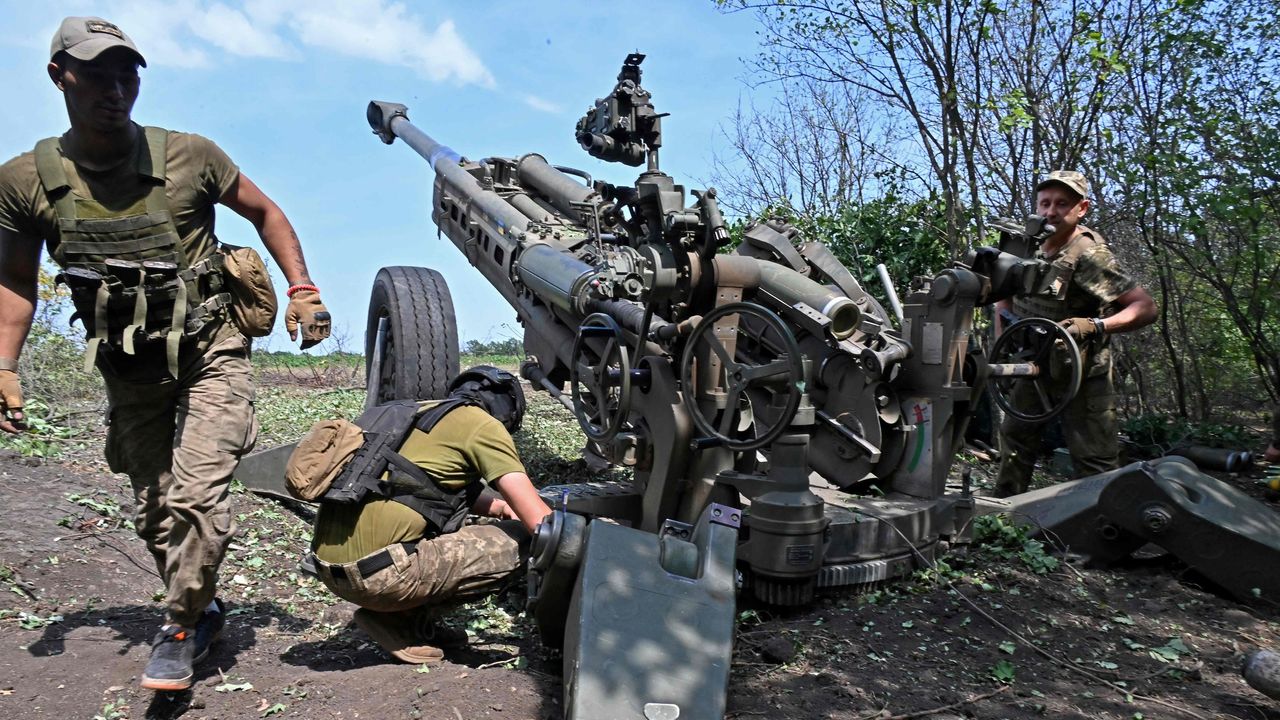After impressive success in Ukraine, British company BAE and US want to resume production of M777 howitzers - WSJ

The British arms manufacturer BAE Systems PLC has announced that it is considering resuming the production of M777 howitzers. The reason for this was their effective use on the battlefield in Ukraine.
Details
Production of these howitzers has recently been curtailed, but after the success in Ukraine, BAE began talks with the U.S. government to resume production. It is the U.S. that implements the weapons program and must approve any sales overseas. There are already inquiries for the M777 from potential buyers, which include Central European countries. If there are real orders, it could lead to deliveries of up to 500 new howitzers.
The possible revival of the M777 serves as an example of how the war in Ukraine could change the global military industry. High-end weapons, including the American M142 artillery rocket system, Himars, and the Anglo-Swedish NLAW portable anti-tank missile, which have proven highly effective against Russian forces, will receive new orders. At the same time, the poor performance of Russian weapons will reduce their sales on world markets.
The M777 has both positive and negative aspects compared to competing guns. Unlike the German Panzerhaubitze 2000 and the French Caesar howitzer, which are also used in Ukraine, the M777 has to be towed. It also has a lower rate of fire than other European weapons. Nevertheless, the M777 is popular with Ukrainian forces because of its greater accuracy and ease of use. The M777 can fire a wider range of projectiles, including guided ammunition, than the Soviet artillery used by Ukraine.
Moreover, the United States, Great Britain and Sweden have provided the howitzers with new capabilities by creating GPS-guided projectiles that are much more accurate than the unguided projectiles of the previous generation.
BAE estimates it will take 30 to 36 months to resume full production of the M777. In doing so, the company needs a new supplier of titanium and lightweight weapon components.
Source: The Wall Street Journal